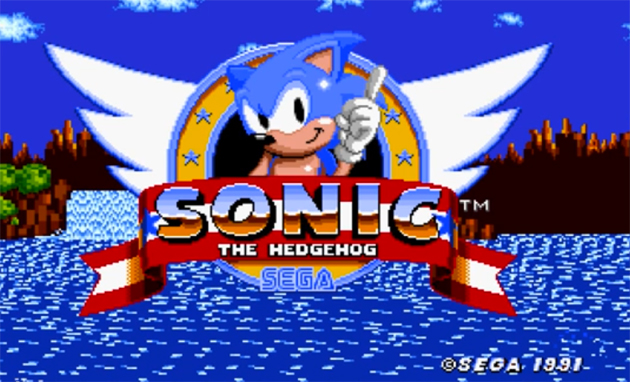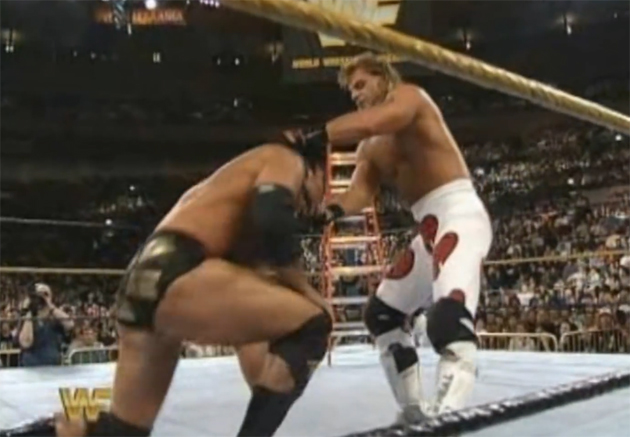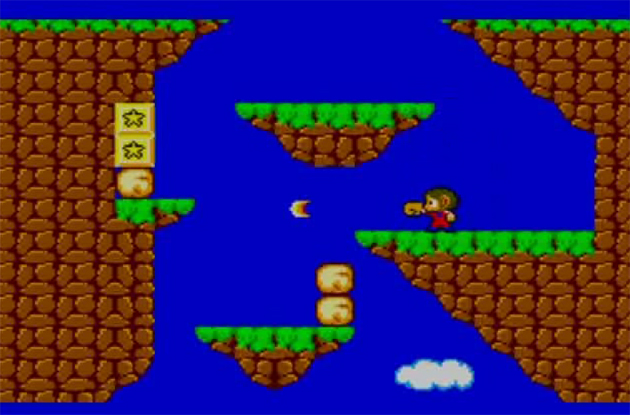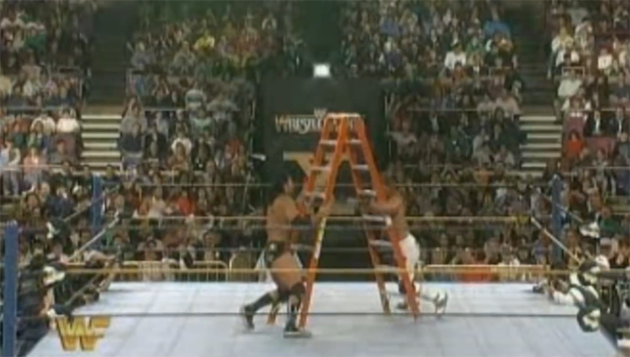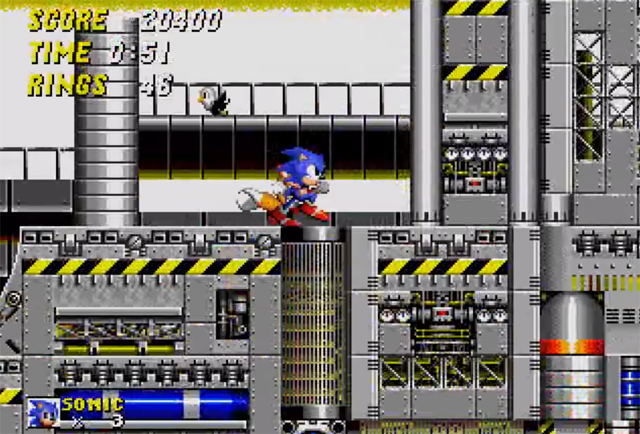Brave New World Order: Wrestling With Hulks and Hedgehogs
The 1990s were a decade of change. This was not so much political, economic, or even industrial, but the 90s brought a widespread upheaval of pop culture norms.
The overly sugarcoated hair metal bands of the decade prior disappeared when Nirvana brought their brand of raw, chaotic, honest grunge rock out of Seattle’s nightclubs and into the mainstream. A renaissance in special effects technology brought forth some of the most influential and visually-impressive action movies of all time. Television viewers began turning away from traditional sitcoms and instead tuned in to reality-based programming such as The Real World. “Hip to be square” seems to be mantra in modern times, but in the 90’s, cool was everything. Therefore, the decade was Ground Zero for some seriously bitter battles for the world’s entertainment dollars.
Few were more memorable than the wars waged for domination of the home video game console market. Nintendo had conquered the world in the 80’s, but Sega and their new blue mascot came to fight this time around.
Equally as significant, and with the added bonus of chair shots and elbow drops, was the fabled Monday Night War, in which professional wrestling promotions World Championship Wrestling and the World Wrestling Federation duked it out over the Nielsen ratings each week.
The period was one that elevated each industry to new heights. Pro wrestling and video games were no longer niche interests; they were entertainment titans.
There are probably no two subjects I’m more knowledgeable about than video games and professional wrestling (a third being the doldrums of single life, which is probably not coincidental). The 90s were definitely captivating in both regards, and there are some striking parallels between console gaming and wrestling in that era.
In both cases, you had two fledgling companies fueled by new ideas from the minds of visionaries that forever changed their respective industries.
Instead of reinforcing the status quo and simply attempting to capitalize on prior success, Sega and World Championship Wrestling embraced the counterculture movement that began building at the onset of the decade. Nintendo singlehandedly revived the video game industry in 1984 with the plumber that would become their flagship mascot: Mario. Around the same time, Vince McMahon built a global entertainment empire around Hulk Hogan, who was unanimously cheered as the company’s top draw throughout the duration of the 80s.
Super Mario and Hulkamania were, hands down, the preeminent juggernauts of their respective industries. The only problem was, the audience that once embraced them as children eventually grew up. Crowds that once roared to life when their hero preached about “saying your prayers and eating your vitamins” now simply groaned, and gamers were abandoning their quests in the Mushroom Kingdom in favor of more provocative affairs.
Thus, Sega and WCW took notice, inventing brand new ammunition for their attempts at usurping their respective thrones. As consumers, we were the ones who ultimately benefited the most. Intense competition forced each company to step up their game, and the sheer amount of creativity that resulted is something that may not be matched ever again.
While it may not have attained much success here in the states, Sega’s 8-bit foil to the Nintendo Entertainment System, the Master System, did well enough to warrant a successor to compete against The Big N’s newest 16-bit hardware in 1991. The problem the Master System faced was that it tried too hard to be the NES; its controller was nearly identical and its mascot, Alex Kidd, was a blatantly obvious attempt to recreate the same success Nintendo had achieved with Mario.
Imitation of style rarely results in an imitation of results, and Sega acknowledged this when it came time design a second console. Instead of trying to convince the public they could match Nintendo’s technological capabilities, their new marketing approach insisted they could indeed do better. As such, they also needed a new mascot to complete their new, aggressive transition of identity.
By the mid-1990s, World Wrestling Federation’s dominance of the sports entertainment industry was all but complete. Their flagship primetime television program, Monday Night Raw, completely reshaped the wrestling landscape when it launched 1993. There was a new generation of stars ascending to the top that were far more athletically gifted than any before them. Wrestling matches were no longer just a series of headlocks and leg drops, they were high-flying, fast-paced, and exciting.
Perhaps none proved this more so than Razor Ramon and Shawn Michaels’ ladder match that laid the groundwork for a wrestling revolution in 1994 at Wrestlemania X.
By that point, Hulk Hogan had left the squared circle and was applying his trade in Hollywood. Hogan was unable to keep pace with the new stars in the business, and fans were quick to turn on him. Vince McMahon felt that Hulkamania had run its course and granted the Hulkster his release 1993.
WCW was in the mix at the time, but they were never viewed as any real threat to the McMahon empire. The rate at which the company hired and fired top executives never really allowed them to establish any sort of identity, and viewership remained stagnant throughout the beginning of the decade. What the company needed was a young, savvy new figurehead that could adapt their brand to changing attitudes among their target audience. The revolving door of authority abruptly came to a stop in 1994, and a raven-haired former-announcer-turned-entertainment-mastermind was promoted to the top of the company and given a full set of keys to the kingdom.
Wrestling would never be the same again.
Here were two industries on the brink of revolution. At the beginning of the decade, Nintendo and WWF could rest easy; their spots at the top of the mountain were safe. They had dominated every opposition faced in the 1980s, and it seemed that they were untouchable even to the most determined of foes. What occurred over the next few years proved otherwise.
Sega created a new hero for gamers to gravitate to, one with an attitude and demeanor that Generation X could identify with. WCW acquired the very man that had led WWF to prominence a decade earlier, repackaged him completely, and set out to destroy the Federation with their very own weapon.
The shots had been fired, and the pop culture wars of the 1990s were underway.

